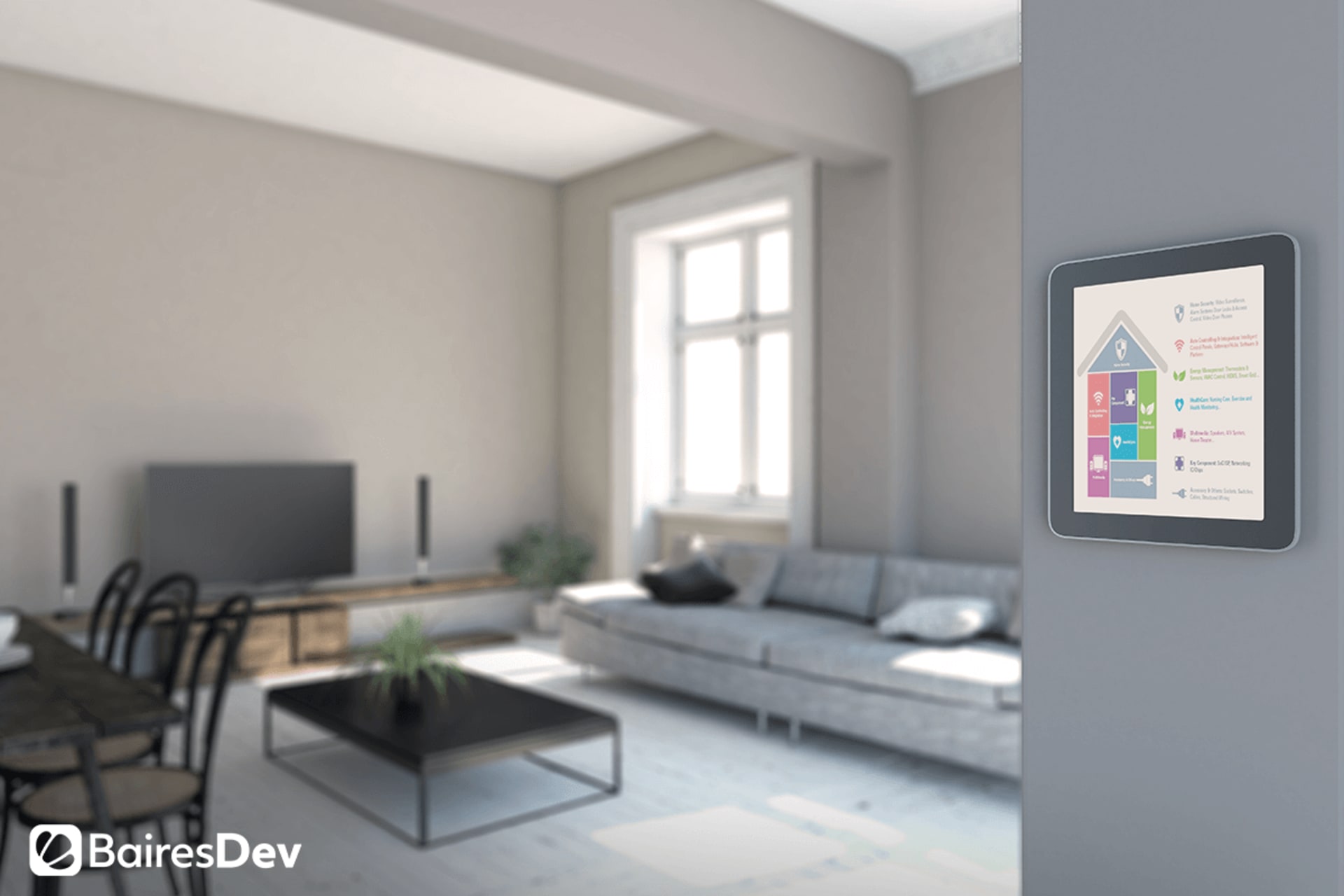Tech experts, gadget enthusiasts, and comfort lovers are all in awe by the power of the Internet of Things (IoT). Often talked about as the next big thing in tech, we are already seeing a lot of IoT products in the market. From thermostats to smart speakers, from shoes to windows, the ability to connect multiple devices over a network is rapidly seeping into our everyday lives.
With such an increase in its presence, we might feel like the Age of IoT is already among us, but that’s far from being true. In fact, we’re only seeing its birth. Stats seem to back this claim, as the IoT market had an estimated size of $212 billion in 2019 but it’s expected to grow to $1.6 trillion in 2025.
You can check we aren’t already there in a more pragmatic way: look around you and see how many of the things you own are connected to the internet. You might have a lot but you certainly don’t have everything wired. That’s the promise of the IoT Golden Era – everything will be connected.
So, what we’re seeing right now are the early stages of the IoT, when a lot of people are blinded by the exciting possibilities the IoT devices can bring. Yet, as thrilling as those possibilities might be, there’s a problem with such blindness – it’s preventing those people from seeing that the IoT, as it stands today, might fall short on its promises.
The Fundamental Flaw of the IoT
We now have a device that turns on our lights when we’re arriving home. We have fridges that make our shopping list and even buy our groceries. We have a personal assistant that listens to us 24/7, awaiting the opportunity to help us with anything we might need. Heck, we even have the Back to the Future shoes! What’s to worry about?
Well, basically, there’s the small thing that the IoT isn’t flawless. In fact, it’s that excitement around our current IoT products which led us to ignore certain crucial issues with them. Some of the problems are already more obvious, especially the ones surrounding privacy and data collection (care to read something interesting about smart speakers?) Others will only become more apparent with time, even when we can foresee them today.
But before taking a look at them, let’s take a step back and see what’s fundamentally flawed with our current IoT. Imagine you’re developing a new IoT product. It could be anything and everything from a smart table to a smart jacket. Now, to make that idea a reality, you have to deal with a lot of things from multiple sides, including basic electronics, processors, connectivity, firmware, apps development, updates, and regulations – and that’s to name just a few!
All of those make the development of an IoT device a lot harder than it is to develop a “regular” non-connected device or product. Now, companies wanting to enter the IoT need to figure out the hardware, create a powerful software to run the device, develop an app to manage it from a smartphone, ensure the security of the cloud backend, come up with an updated schedule, and so on.
As we are now in the early IoT stages, how many of those problems do you think the IoT companies are actually contemplating? As reality has shown us, the amount of issues with IoT devices is staggering. You have examples for everything, from the mundane to the severe. The Back to the Future shoes from Nike reversing to regular shoes after an Android app update is a great example of the former. The Ring smart doorbell allowing attackers to spy on families’ video and audio footage speaks for the latter.
Both of those examples come to show that some companies just plan for the essential and leave the rest to figure out later on, once the product is already in the market. The solution, as always, is patching things up when the customers report the problem. This approach shows that some brands aren’t entirely committed to making the best products, just making them usable with the customers acting as beta testers.
There’s an inherent issue with that approach when you consider what kind of things are at stake if those IoT devices fail because of an update or a poor internet connection. One thing is having to walk with your shoes untied, another thing is having your driverless car wandering aimlessly while it tries to reconnect with its main server.
The fundamental flaw in our current IoT is that some developers don’t think enough of the complexities that come with developing an IoT product. So, we end up with half-baked products that might deny us the most basic features or become useless because there’s no internet connection.
Fixing IoT’s Basic Issues
Those half-baked products are among the IoT devices we have today. We don’t know if they are going to fail and if they do, we don’t know how much time we’ll spend without them working properly. There’s a slight chance that they might not work again at all.
There are examples of companies going under and dragging all their IoT devices with them. With no one to support and maintain the backend, some of the IoT devices that depend on the connection lose their charm. At best, they become a regular product. At worst, you end up with an expensive brick.
There’s another basic issue with the IoT. The fundamental idea of buying something is that it becomes yours to do whatever you want with it. But that’s not the case with the IoT. That’s because its products depend on a connection to servers you and I, the consumers, will never own.
If any given company pulls out the plug, they take away something that’s supposedly ours. It’s virtually the same thing that happens with video games and movies – you buy them and have them at your disposal, but you never truly own them.
You might argue that this can be avoided by buying products from reputable companies that won’t go bankrupt anytime soon. Ignoring the fact that no company is safe from having to close down, there are other likelier scenarios where an IoT can be stripped down of its connections.
A change in the managerial level of a company might bring a shift in its core focus market, leaving its existing products without support. The costs of maintaining legacy systems and hardware might ramp up to a point where keeping them alive makes no more business sense. New features might call for a firmware update that could not be applicable to all existing inventory.
In light of all of these, it seems like a part of our current IoT is solely focused on the short term. The industry promises it can increase our comfort level and provide us with unique features that are amazing – today.
My smart fridge does an amazing job of warning me that I’ve run out of milk and adding it to my shopping list. But if a faulty update, a managerial decision, or a software vulnerability can ruin that a couple of years from now, then the price I’ve paid for it is too high. I don’t intend to change fridges every couple of years because of a poor design or because the company unilaterally decides that my current fridge is now “legacy hardware” and doesn’t want to support it anymore.
Fortunately, it doesn’t have to be that way. Certain manufacturers and IoT developers are starting to think about these things before building new IoT devices. The answer to creating superior IoT products in light of these issues is to devise a way to ensure long-term functionality and the explicit promise that the device will work even with no internet connection.
Of course, that’s up to the companies manufacturing those products. We, as the consumers, are left with a clear course of action – analyzing the smart things are actually that better than their offline counterparts and choose the one that makes the most sense for us. That’s the way for the consumers to show brands that we need that commitment and for the brands that are actually making that commitment to be rewarded.
In the end, it’s the way we can finally abandon our old Air Jordans and replace them with the Back to the Future shoes with enough confidence that we’ll be able to tie them no matter what. It’s not a major change for how IoT businesses are doing things right now – but it’s a true step forward towards fulfilling the great promises of comfort and convenience of this amazing tech.
If you enjoyed this, be sure to check out our other IoT articles.







